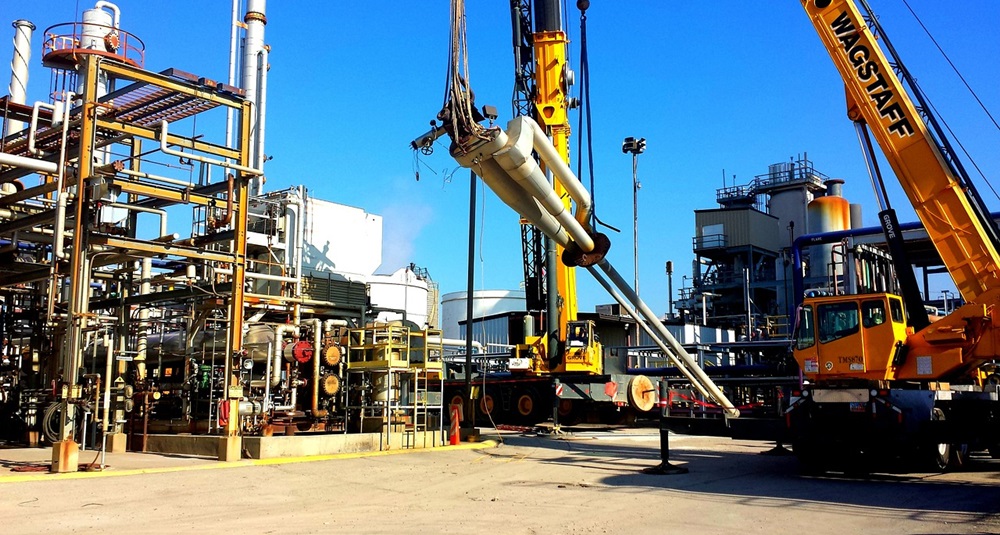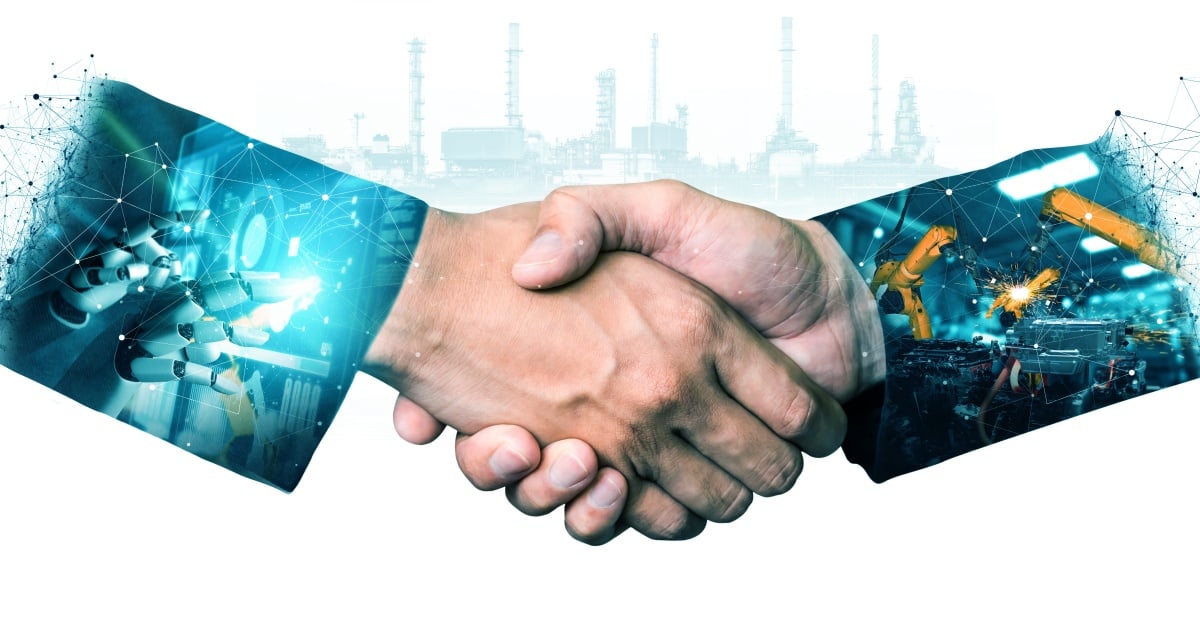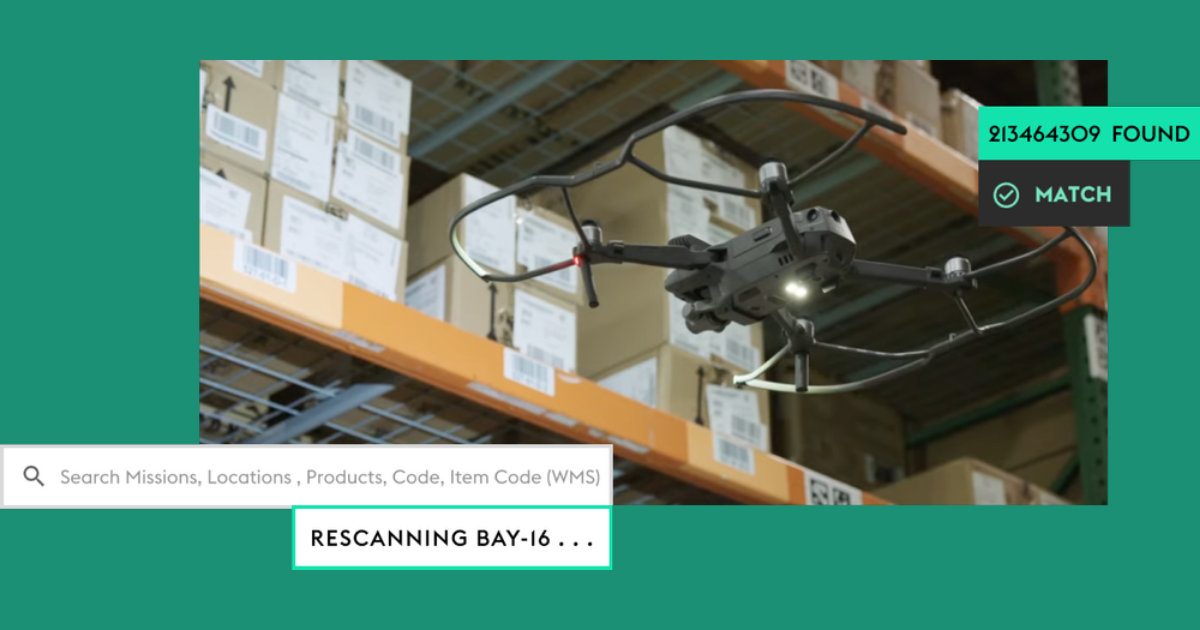
Though many industries have fully embraced technology, the oil and gas industry has come later to the party. However, the industry has not been left out when it comes to innovation. Thanks to rising oil prices and better profit margins, oil and gas companies have the capital to invest in the future. Digital technologies are currently upending the way things are being done in this industry. While companies are slow to adopt them all, soon every part of the industry will embrace these digital technologies.
Artificial Intelligence
Artificial intelligence, AI, can replace the need for human computations and analysis of too much information. As of January 2018, Baker Hughes GE and Nvidia partnered together to integrate AI into the oil industry. The oil company uses the technology company's AI to combine with its industry knowledge. The result is an algorithm that can analyze the mounds of data collected. These algorithms will predict when problems will occur and detect equipment issues.
Customer service remains important to the oil and gas industry. To alleviate the need for customer service representatives, Shell in the U.S. and U.K. uses an AI-driven virtual assistant. Like the way Amazon's Alexa or Apple's Siri answer questions, this virtual assistant can address most customers' needs.
The Internet of Things
The Internet of Things, IoT, connects equipment with computers and people. This next step in the technological revolution will see machines and computers predicting and fixing problems before services become disrupted. IoT has become increasingly important in manufacturing, and now, it's making its way into the oil and gas industry.
Data integration and analysis from multiple sources can dramatically improve your company's productivity. Deloitte relates the story of an oil company that integrated internal and external data. The result allowed the company to look at 15,000 miles of pipelines in real time. This boosted security and helped expose risks to the company.
By embracing cloud computing, anyone with the right credentials can see how the system is running at any given time, from anywhere in the world. This allows decision-makers and project contributors to do their jobs with less travel. When one oil and gas company opted for a cloud-based SAP test, it decreased the creation time from two weeks to 14 minutes.
3-D Printing
When it comes to making repairs or creating prototypes in the oil and gas industry, 3-D printing stands to replace older options. An instrument maker for Shell Joost Kroon sees 3-D printing as a means of saving time at a refinery. With a 3-D printer on-site, the refinery won't have to wait for a replacement part shipment. The facility can make it on demand. Additionally, this technology will save space in a refinery or offshore rig.
When space is already at a premium, storing spare parts could be wasteful. 3-D printing allows for printing material to create anything with little waste through an additive manufacturing process. Instead of storing thousands of spare parts, keep printing material on hand for on-demand jobs. Your facility will need less part storage space. This frees up more room in a refinery or on a rig for computers or other equipment required of a high-tech facility.
Robotic Automation
It's no secret that the industry has some potentially hazardous jobs. With appropriate training and safety precautions, most accidents can be prevented. Following OSHA recommendations for using industrial-strength traction and level flooring helps keep workers safe in places where they must be, whether they’re in a factory or on an oil rig out at sea.
Beyond these steps, safety measures in the future will require the use of robots. Automating dangerous tasks makes human workers safer. People won’t be required to explore the ocean floor or move heavy materials around a warehouse. With robots doing these jobs, people are freed up for safer positions.
This safer future for human workers is happening today at some oil and gas companies. As of December 2016, Exxon Mobil began working with MIT to create AI robots for enhancing its ability to detect natural seeps on the ocean floor. This capability gives engineers a view of the ocean floor without sending human workers in submersibles to the dangerous depths.
Another company used robots for automated picking and packing in its manufacturing facility. This change keeps workers away from the hazards of forklift accidents and moving heavy boxes, which can be dangerous. Though human workers become displaced by these automated machines, extra training can help these people learn new skills to remain with their companies.
Bringing Digital Technologies to Your Company
If you want to bring these technologies into your facility, you'll need to begin investing in both the technology and the personnel to use it. All these technological innovations require computers and software to collect and analyze data. In many cases, they overlap. You can use robots that have AI integrated to learn the layout of your facility during their movements. You can also incorporate sensors to analyze equipment and AI software to predict when to make repairs. Exactly what you do will depend on your facility's function and current technology.
Disrupting the Industry
Though some of this technology is still a few years away from becoming financially feasible for widespread use across the industry, you can get started now by adding to your IT staff and laying out the plans for tomorrow's technology today. You can get on the front lines of disrupting the oil and gas industry through the integration of this technology.
Edited by
Ken Briodagh





